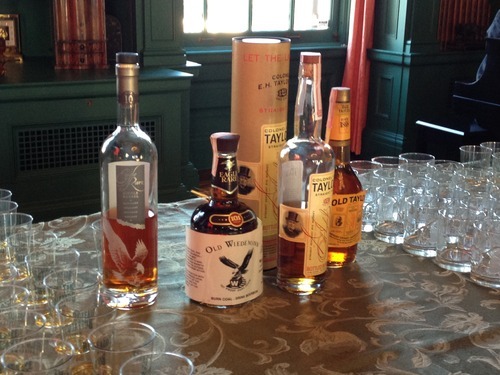
The room smelled like bourbon and books.
And with good reason. I was standing in the library at Oxmoor Estate – the largest private library in the state of Kentucky and one of the three largest in the country. Ten thousand volumes fill shelves that cover all four walls from floor to ceiling in this grand home built by the Bullitt family.
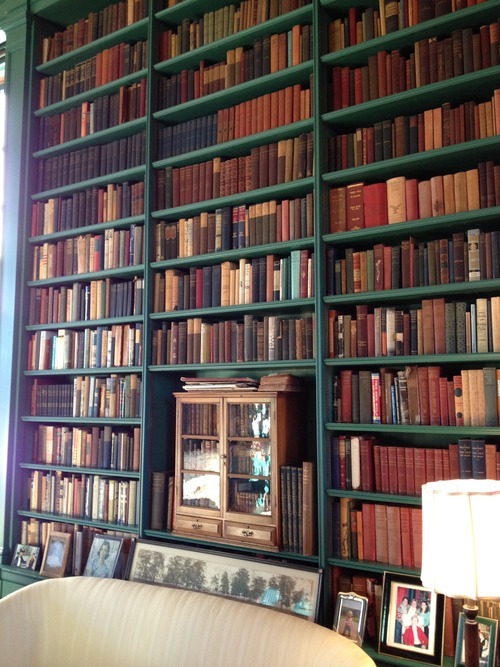
On a table at one end of the room were two bottles of bourbon that had recently been discovered in the wine cellar (behind a door marked “HIGH VOLTAGE”): a bottle of Eagle Rare 101 given to Thomas Bullitt by Wiedemann Coal around 1980 and a bottle of Old Taylor from the 1970s. Also on the table: a bottle of modern day Eagle Rare and one of Col. E.H. Taylor Straight Rye, the latest in the series of special releases from Buffalo Trace.
The occasion was a tasting led by bourbon historian Michael Veach of the Filson Club for a group from Stock Yards Bank, which administers the trust that now protects Oxmoor Estate and 79 acres from development. The estate sits on 1,000 acres, some of which is farmed (by Harvest restaurant on Market Street, for instance). The farm was once much, much larger – it touched Farmington, off Bardstown Road – but over the years parcels of it have been developed into apartments, a steeplechase course and Oxmoor Mall.
Turning left just past Sears, I drove down a driveway that looked like something out of “Gone with the Wind” and walked through the gardens and into that amazing library. Before our tasting, we were led on a lively tour of the grounds by Shirley Harmon, who cataloged the Bullitt family papers at the Filson and now works fulltime at Oxmoor. Alexander Scott Bullitt, who acquired the land and built the first home at Oxmoor in 1791 (you can see part of it at right in the photo below; it’s behind the newer, grander brick portion of the home that faces the drive), named Oxmoor after the farm in the English novel “Tristram Shandy.” Alexander Bullitt was the first lieutenant governor of Kentucky, and Bullitt County is named in his honor. Fun bourbon-related fact: Distiller Evan Williams made the bricks for the home’s original chimney.
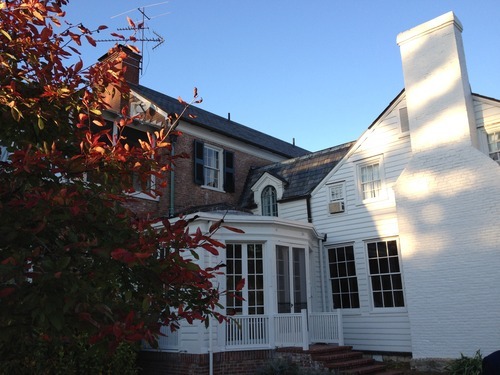
Oh yes: The bourbon.
We began by tasting the two versions of Eagle Rare. The brand name was owned by Seagram when the Eagle Rare 101 was made, Veach told us. “They created it to compete with a famous bird” – Wild Turkey. Current-day Eagle Rare, now owned and produced by Buffalo Trace, is 90 proof. The difference was distinctive. The older bourbon was darker and spicier than the modern one, with rich toffee and dark fruit notes, more alcohol vapor and a peppery finish. The 90 proof didn’t have as much of a nose and tasted sweeter. While bourbon isn’t supposed to change much once it’s bottled, Buffalo Trace lead chemist Chris Fletcher, who also attended, said this bottle of 101 proved otherwise.
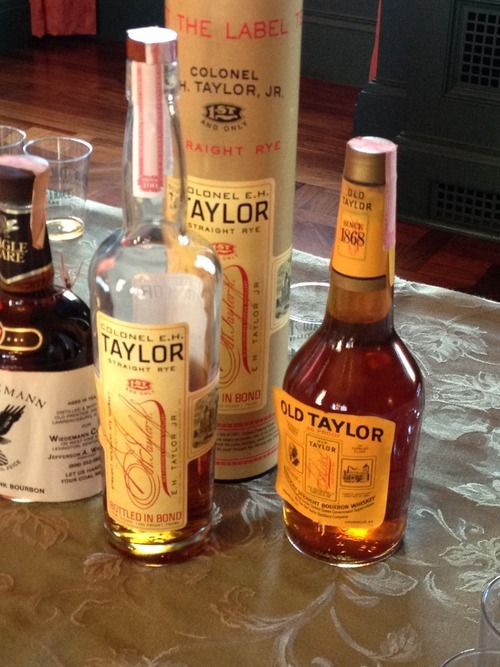
Next we tasted the Old Taylor, an 86 proof bourbon. Col. E.H. Taylor, the great-nephew of Zachary Taylor, built a distillery in Frankfort that is now Buffalo Trace. The Old Taylor was very sweet up front, with notes of butterscotch and caramel and some floral notes, ending with a rich, peppery finish. The E.H. Taylor Rye (100 proof, nine years old), the latest in a series of Buffalo Trace whiskeys that pay tribute to the Colonel (you can see above how the packaging echoes the original), had a distinct herbal note. I couldn’t quite place it until Chris named it – dill! That initial dry herbal taste was followed by layers of caramel and vanilla from the oak and a very dry, short finish.
Thanks to Buffalo Trace for inviting me to participate in this tasting and to take a step back into Kentucky’s history. The Filson Club holds several events at Oxmoor Estate each year; if you have the chance to attend I highly recommend it. Until then, here are a few more photos.
The smokehouse, built in 1826:
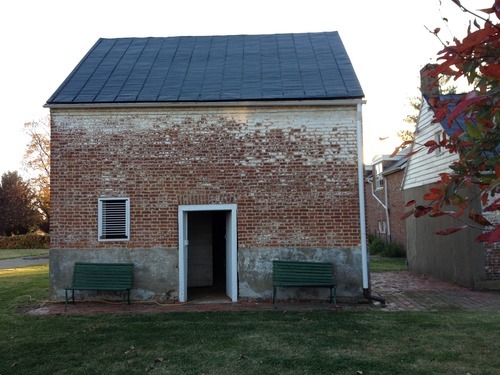
Tour guide Shirley Harmon and guests in front of the home:
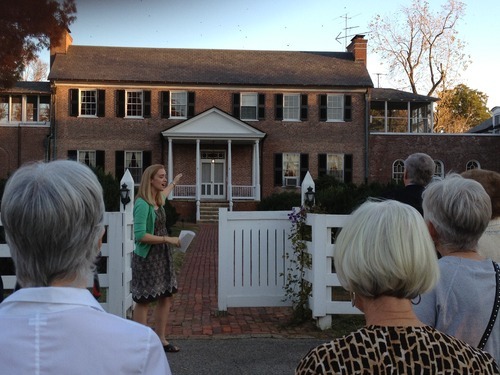
The driveway!
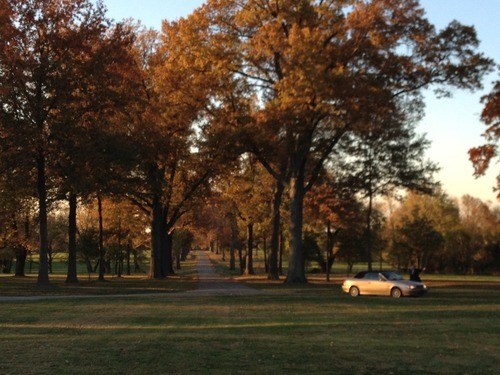




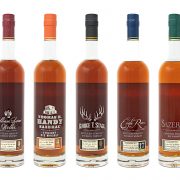

Pingback: lrw,jr